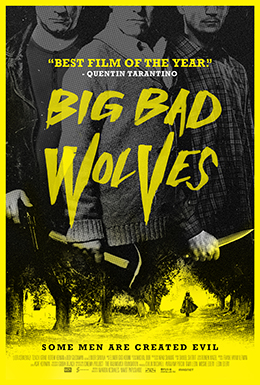Art House On Demand – movieScope
‘What is art-house cinema?’
That was the question posed at the initial supporters’ meeting of a new, independent cinema project in a mid-sized UK market town, which had previously been limited to a three-screen Odeon. And it raises a deceptively important point. The scheme, supported by Curzon Cinemas, involves the installation of digital projection equipment that does not meet industry-agreed DCI standards, but it is being provided with first-run independent film from a number of distributors.
Starting from scratch this way opens up a fresh perspective on the way that film reaches audiences and offers valuable clues to the on-demand future. Where the kind of films selected for Cannes and other festivals are watched in theatres is largely in bigger cities, upmarket suburbs or university towns. The people who watch them are often aficionados, some of whom take a less than healthy pleasure in the exclusivity of the esoteric, even nerdish, side of cinephilia. That works just fine in the established ‘temples of film’ that many art-house cinemas sometimes become.
Figures from Pearl & Dean, released in 2010, suggest that 63 per cent of art-house cinema audiences are over 35, and 78 per cent are in the top ABC1 demographic group. It may even make economic sense to accentuate the contrast in age profile and education between art-house and multiplex audiences in the short term as, despite the industry’s traditional obsession with youth, the average age in the UK is 38.8 for men and 41.1 for women. And ‘upmarket’, ‘exclusive’ and ‘elitist’ are not dirty words to today’s more targeted and focused advertising and marketing companies.
At the same time, it begs questions about how cinema can refresh its roots for the future, and indeed why film should be in such a privileged position for public funds if it is incapable of reaching beyond its core audience. Indeed, the question that began this article is not some vague enquiry. Terms like ‘art-house’, ‘independent’ and ‘specialist’ film are meaningless to most of the public and, in reality, they say more about the limitations of distribution than any innate qualities.
Werner Herzog (dir, Into the Abyss)
The last few years have seen the launch of many platforms that offer films on demand, ranging from giants such as Amazon to small, curated specialist services. But the genuine potential of VOD for independent film is in danger of being lost, as work disappears into the mass of competing titles, from the big marquee releases to a vast back catalogue. For the cinephile, these are great times of course; if you know where to look, this is a golden age. But that knowledge is not widespread. The director’s name and festival prizes are important to fans but are of little value in opening up film to a wider audience. Indeed it might prove to be a barrier.
There are two ways around this problem for our new cinema scheme.
1) Focus the attention on the story and style of each film and seek to attract audiences without reference to the auteur or which festival prize has been won.
2) Seek accessible ways for people to immerse themselves into the rich world of independent cinema.
The two do not need to be mutually exclusive.
The first approach is at the centre of this particular project but that second question is worth attention. Today’s ageing but vibrant art-house culture was created to some extent by a lack of choice and the influence of a narrow group of ‘gatekeepers’, from educators and exhibitors to public service broadcasters. In the UK, for example, many film lovers over 40 are the products of the MovieDromeseries, which showed great indie films between 1987 and 1994. And while the amount of art-house, classic or foreign-language films shown in most countries has increased, it is largely the preserve of specialist channels. One of the elements that is going missing is a sense of the canon of great cinematic work, which tends to show itself in the extraordinarily consistent titles that appear in those occasional best-film-ever surveys. That traditional canon can, of course, be condemned as narrow, elitist and, to steal a line from a BBC executive, ‘hideously white’. But access to the great history of film and the evolution of cinematic language is enriching, both for spectators and for those entering the more democratised world of filmmaking and cross-media storytelling. Education ought to have a role here but resources are scarce. The industry itself and the public bodies that support them might do more to understand and service potential new audiences.
Yet one of the most interesting developments is happening without the sanction of industry, and in some cases, outside the law. The Internet offers access to the out-of-copyright masterpieces, while a great many of the classic works of European and world cinema have been painstakingly broken into 10-minute segments on YouTube and surrounded by original trailers and interviews, etc. This voyage of discovery will be supported by social networks and hopefully through a broadening of cinema networks, clubs and groups, that will translate back as more demand.
To underline the point, the question that opened this piece was followed up with the action point: ‘I want to get into proper cinema’.•












